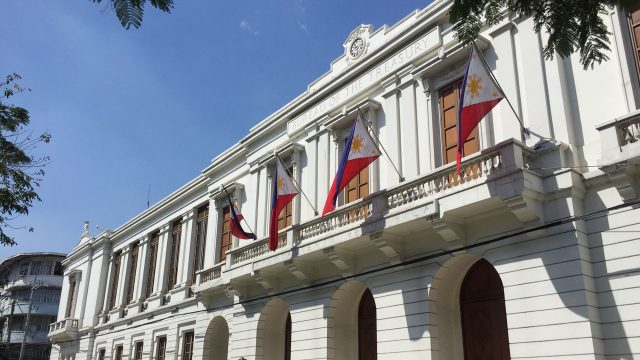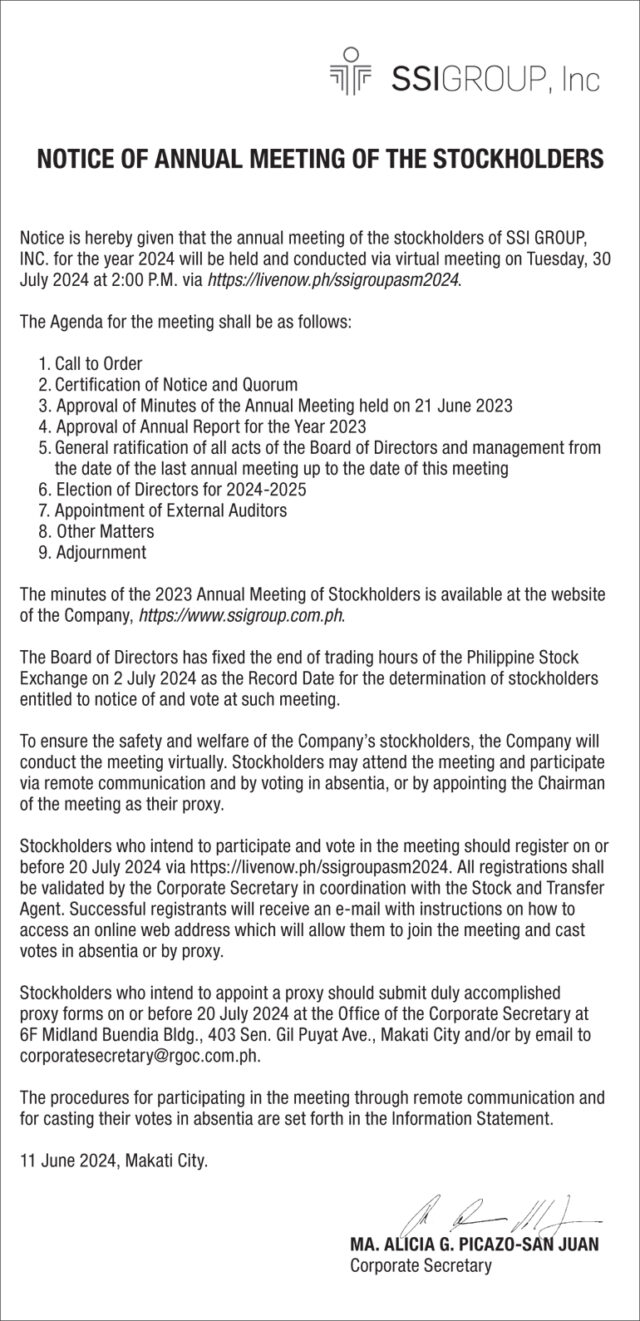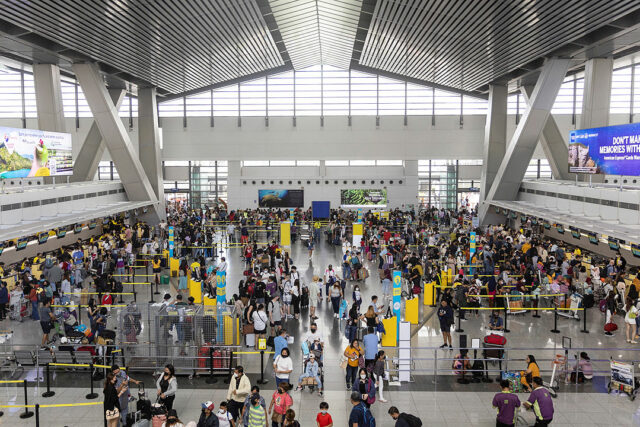By Luisa Maria Jacinta C. Jocson, Reporter
A POSSIBLE BREACH in the inflation target this month will not derail the Bangko Sentral ng Pilipinas’ (BSP) planned rate cut by August, its top official said.
BSP Governor Eli M. Remolona, Jr. said July inflation overshooting the 2-4% target is “expected” and unlikely to affect the likelihood of a rate cut in August.
“We do expect it to breach in July. So, if it doesn’t breach, then it’s better than expected,” he told reporters on the sidelines of an event late on Friday.
Mr. Remolona said there is a 50-50 chance that July inflation could breach the 2-4% target.
The central bank earlier warned that inflation could temporarily accelerate to above target from May to July, but so far inflation has been below 4% in May and June.
Headline inflation eased to 3.7% in June from 3.9% in May, marking the seventh straight month that inflation settled within the 2-4% target band.
“This is a cause for reassurance because it seems to be going in the direction we expected. So, it’s reassuring, but we need a few more numbers. So, it’s not yet time to declare victory, as people say,” Mr. Remolona added.
Meanwhile, National Economic and Development Authority Secretary Arsenio M. Balisacan said that the downtrend of inflation should continue in the coming months.
“I cannot say the worst is over, but I think that extreme situations are not likely anymore,” he told reporters on Friday evening.
“I think we expect (inflation) in the coming months to come down because the El Niño is over, hoping that the La Niña will not bring severe flooding and all that, and then I think prices will start to moderate. I think that it will enable us to achieve the target of 2-4%,” he added.
Mr. Balisacan said the outlook already takes into account the recently approved wage hike in the National Capital Region (NCR).
“More or less, that’s already anticipated. The wage increases are not unreasonable. They’re within the inflation experienced by our workers,” he added.
The Regional Tripartite Wages and Productivity Board has approved a P35 minimum wage hike for workers in NCR, bringing the daily wage to P645 starting July 17.
Meanwhile, Diwa C. Guinigundo, country analyst for the Philippines of GlobalSource Partners, said there is a “greater likelihood of an easing in 2024 especially if more of the downside risks materialize including the reduction in rice imports tariff.”
President Ferdinand R. Marcos, Jr. last month signed Executive Order No. 62, which introduces a lowered tariff regime for agricultural products until 2028, including rice. Tariffs on rice imports were slashed to 15% from 35% previously.
Bank of the Philippine Islands Lead Economist Emilio S. Neri, Jr. said that inflation may have already peaked for the year and will likely remain at the upper end of the 2-4% target in July before declining by August.
“With El Niño now over, rice production is expected to recover in the second half of the year, which could result in a drop in prices as supply improves,” Mr. Neri said in a report.
“The price decrease might be even more significant due to the rice tariff cut that the government will implement this month,” he added.
Mr. Neri said that when the Rice Tariffication Law was implemented in 2019, the “resulting decline in rice prices shaved off up to 1.2% from headline inflation.”
PESO ‘BEHAVING’
In a note, Chinabank Research said that the slower inflation in June and “upbeat” inflation outlook would support the BSP’s planned rate cut at its meeting in August.
“There is a higher chance of an August rate cut, with prices and the peso — which seems to be ‘behaving’ — a part of the decision point,” Security Bank Corp. Chief Economist Robert Dan J. Roces said in a Viber message.
“With the inflation outlook now improving, the BSP will likely start cutting interest rates in August,” Mr. Neri added.
Mr. Remolona noted that cutting by 75 basis points (bps) for the year may be too “aggressive” and may cause a “hard landing.” He earlier said the BSP could cut rates by 50 bps for the full year.
However, Mr. Roces warned that upside risks to inflation still remain.
“We agree with the Philippine Statistics Authority’s observation that there is no clear signal that inflation has peaked, which we attribute to the upside risks to food and fuel prices,” he said.
Mr. Guinigundo, a former central bank deputy governor, said that the BSP should monitor the potential uptick in power and transport costs as well as wage adjustments.
“Still on the supply side, if the delay in imports should be prolonged, that could push importers to delay their importation of rice and cause rice supply to dwindle and its price to surge again. The weakening trend in (the) peso could also have some inflationary impact if sharp and prolonged,” he said.
“If inflation should peak in July, that would just be a single point in the wider space of monetary policy assessment — like inflation forecasts and balance of risks,” he added.
Chinabank Research also noted the potential impact of the peso on the BSP’s easing cycle.
“Nevertheless, the persistent upside price pressures, along with the movement of the peso against the US dollar, could prompt the BSP to maintain a cautious stance with regard to its future monetary policy decisions,” it said.
The peso has been trading at the P58-per-dollar level since May.
On Friday, the peso closed at P58.53 against the greenback, strengthening by five centavos from its P58.58 finish on Thursday. This was its strongest finish in almost a month or since its P58.52-a-dollar close on June 7.
“The pass-through from the exchange rate to inflation appears to be manageable based on the analysis of the central bank and will only become a concern if the inflation target is at risk again,” Mr. Neri said.
“However, it’s still a limiting factor that will likely prevent the BSP from cutting interest rates aggressively, especially given the current account deficit that the country has,” he added.
Mr. Neri cited other risks such as the country’s external position.
“Cutting interest rates aggressively would make the buildup of (foreign exchange) reserves more challenging, which may lead to a further deterioration in the external position,” he added.
Mr. Guinigundo said the BSP should take into account the second-quarter gross domestic product data, which will come out on Aug. 8.
“Although difficult to estimate, a good idea of the output gap should be able to help guide the BSP in its decision to ease or maintain the policy rate and avoid premature or late adjustment, both of which could be costly to the economy,” he said.















